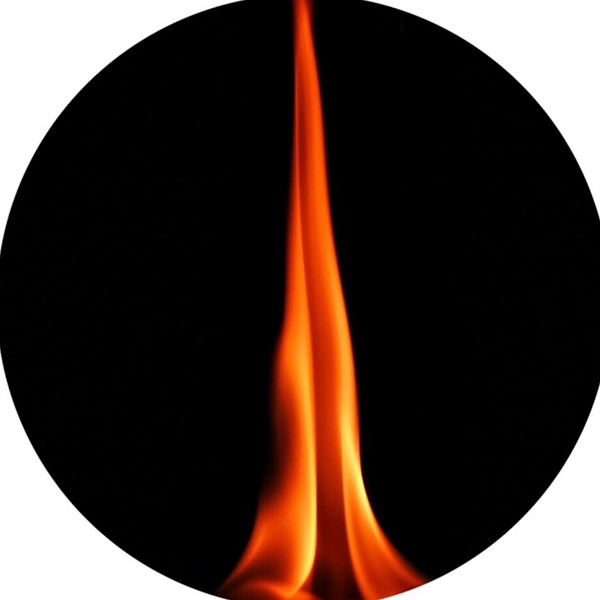Concept of Agni in Ayurveda

Discovery of fire was one of the biggest revolutions in history of human being. By it human learnt many things. One of the greatest benefits was that now human can cook his foods and cooked food was always easier to digest and assimilate. The concept of AGNI in human body is also an out come of this discovery and understanding of the phenomenon of cooking of food. Human understood that digestion of food is nothing more than cooking of food on fire in a utensil. As food stuffs are converted from complex structures to simpler structures by cooking; similarly digestion converts the complex structures in simpler ones and make it compatible for the body.
Agni and Digestion
According to Ayurveda; digestion does not ends only in the digestive tract. It is the always on going process. This is the reason Ayurveda talks about different types of AGNIES in the body. Here the word Agni stands for fire. It is similar to the concept of metabolism according to the modern sciences. In metabolism complex structures are being converted in the simpler ones – the catabolism and these simpler structures which are compatible to body are then converted in the body tissues – the anabolism.
There are thirteen types of Agni’s in human body. These are
- Jatharagni,
- Seven types of Dhatwagni and
- Five types of Mahabhutagnies
Among these Jatharagni is the main one. Here Jathar means the digestive system and Agni the same “fire”. So the fire residing in our digestive system is the Jatharagni. Besides digesting the food stuffs it also supports the other agnies in the body.
What Jatharagni is doing on the foods the Dhatwagi does same on Dhatus – the body tissues. There are seven Dhatus in a human body; corresponding to each and every Dhatu there is an Agni which is named according to the Dhatu generated by it. So the Agni involved in production of the Rasa Dhatu there will be Rasagni, for Rakta Dhatu – Raktagni; for Mansa Dhatu – Mansagni and so on…….
As said earlier, the process of digestion does not end at the level of Dhatus; it further goes up to the Panchamahabhutas as ultimately it is the harmony of the Panchamahabhutas on which health of a fellow depends. Corresponding to the each and every Panchamahabhuta there is dedicated agni. In this way there is Akashagni for the Akash Mahabhuta, Vayu agni for the Vayu Mahabhuta…………and so on in the similar way.
Doshas and Agni
In human body every thing is dependent of Tridoshas which are the three Bio regulators. These three Bio regulators also regulate the Agni in the body. When the Pitta Dosha will be too much active; the Agni will be too much aggravated. As a result the fellow will experience too much appetite. As we have said earlier the strength of the Jatharagni will also determine the strength of Dhatwaganies and the Panchamahabhutagnies. When the Agni will be too much (because of the involvement of the Pitta Dosha in it); it will digest every thing available to it. On the level of Jatharagni it will digest the food stuffs very quickly and on the level of Dhatus (the body tissues) it will digest or betterly saying absorb or suck up the Dhatus – the tissues similarly it will wipe out the Mahabhutas at the level of Panchamahabhutagnies.
The Kapha Dosha involvement will make the Agni very dim in strength. As a result; Agni disturbs on all levels. Low level of Jatharagni will result in indigestion which in turn disturbs the body by deposition of harmful wastes in the body. Similarly dimness of the Dhawagnies will result in the inadequacy of the Dhatues – the tissues. Once the Dhatus don’t get nourishment properly it will definitely disturb the body.
When the Vata Dosha will be involved there will be ups and downs in the working of all the Agnies. Some times there will be excess of the fire and some times the Agni will be very low.















1 comment